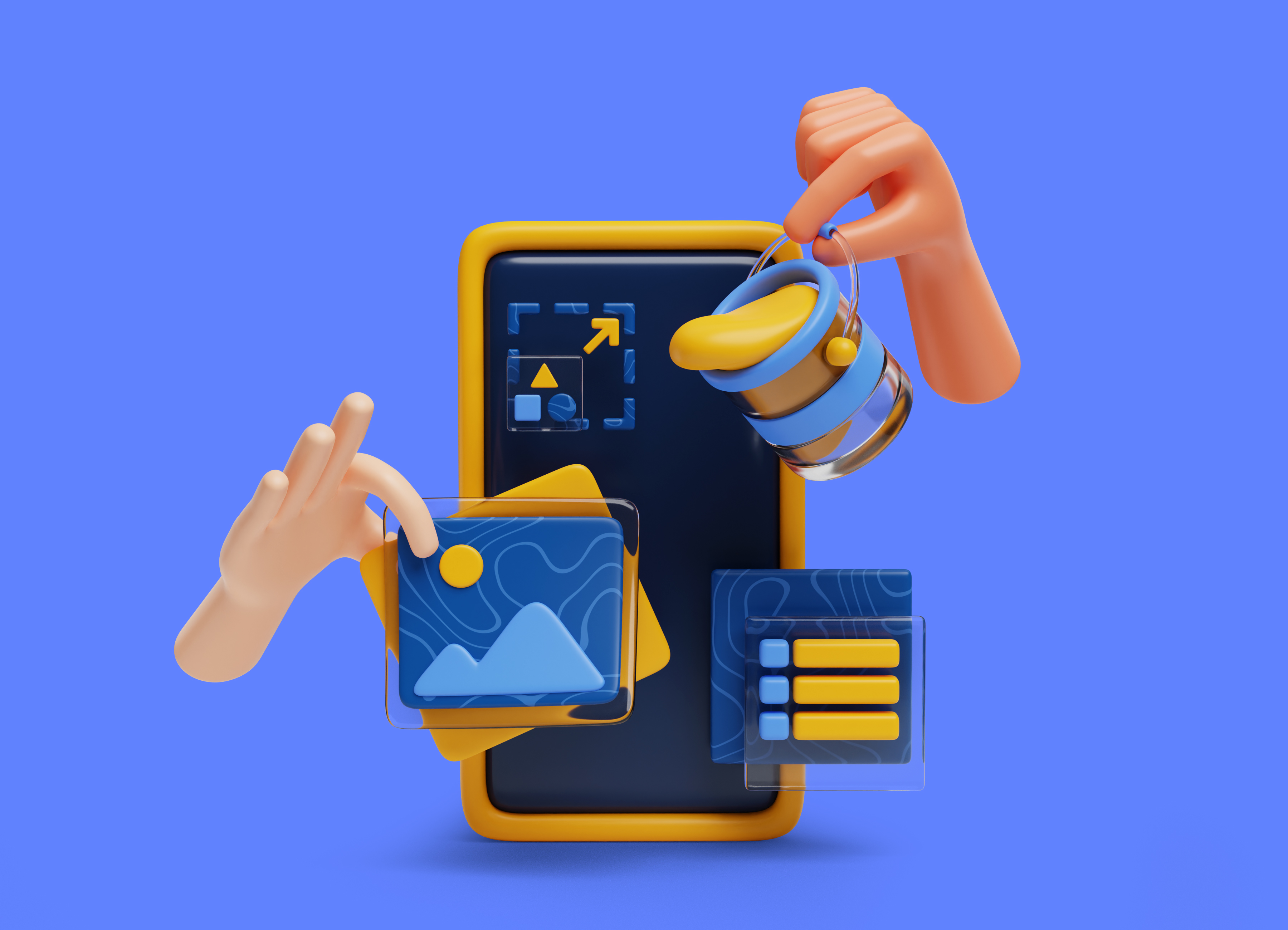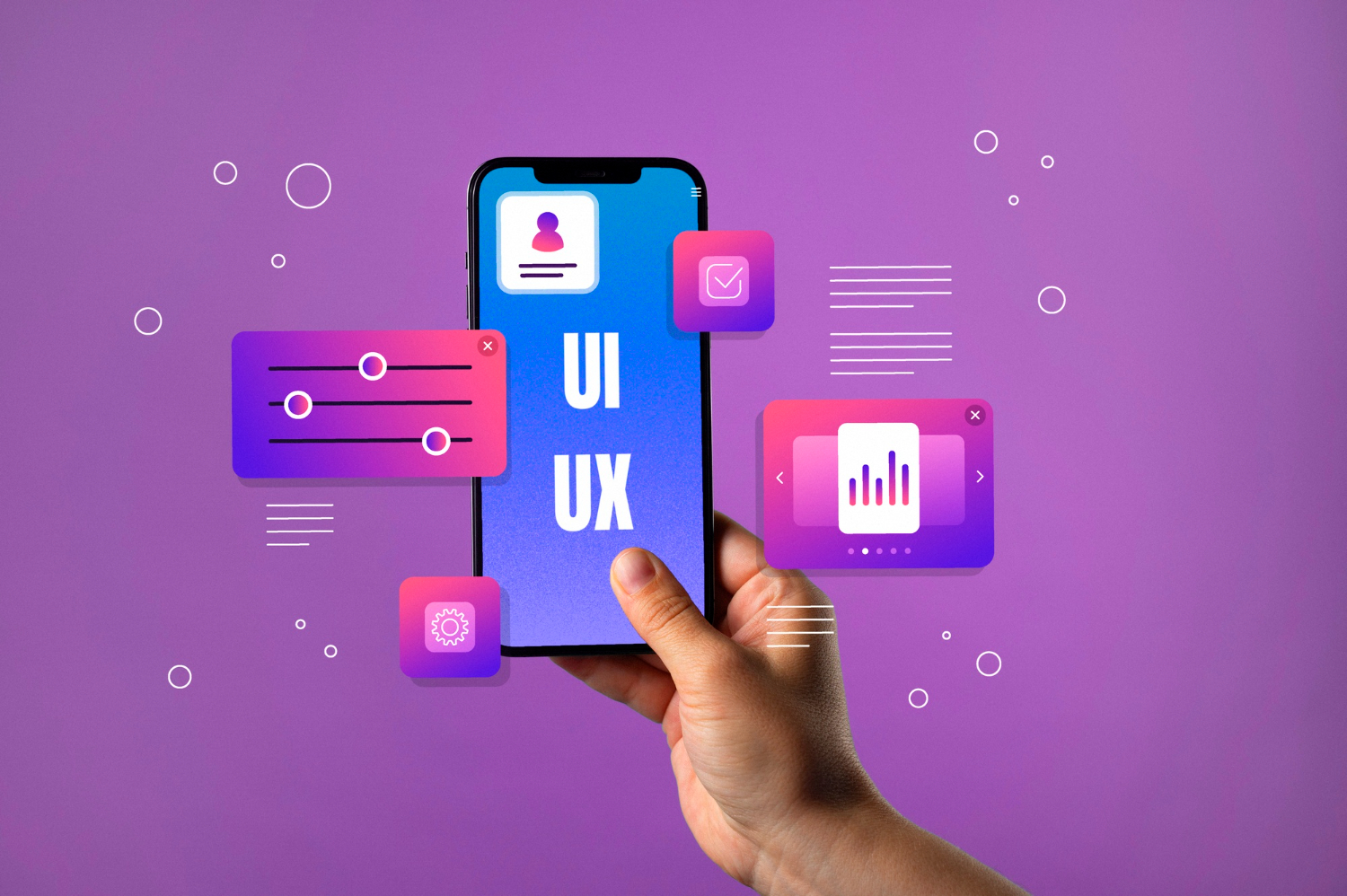Flutter and Swift are two different tools for building mobile apps. Flutter comes from Google and lets you write one code that works on both Android and iOS. Swift comes from Apple and is used mainly for iPhone and iPad apps. Their popularity is also different.
On GitHub, Flutter has around 172k stars while Swift has about 69k. Flutter app development grew fast in the open-source world, while Swift stays important for people who focus on Apple devices. Both remain active choices, but they follow separate paths in how apps are made.

What is Flutter Development?
Flutter is a framework made by Google for creating mobile apps. It is used because one code can run on both Android and iOS. Instead of building two separate apps, developers write once and reach users on different devices. The language behind it is Dart, which works smoothly with the framework.
The benefits of Flutter app development are:
- one codebase for Android and iOS
- hot reload that shows changes right away
- widget system that helps with design
- many open-source packages
- performance close to native apps
In simple terms, Flutter app development is a way to build apps faster with one code, strong community support, and tools that make design and testing easier. It has become a practical choice for both small projects and larger companies.
What is Swift Development
Swift is a language made by Apple. It is used to build apps for iPhone, iPad, Mac, Apple Watch, and Apple TV. Developers use it because it is simple to read, safe to work with, and it runs fast on Apple devices. It replaced Objective-C as the main tool for Apple platforms and has now become the usual choice when someone wants to make an app for iOS.
The benefits of Swift app development are:
- works natively on Apple platforms
- syntax is easy to read and write
- good speed and performance
- direct support from Apple
- open-source with contributions from many developers
Swift app development continues to grow because Apple keeps improving it, and developers continue to adopt it. It is simple, reliable, and fast, which makes it a natural choice for most iOS and macOS apps today.

Flutter vs Swift Comparison
Swift vs Flutter are both common in mobile app development. Each solves different needs. Flutter is a cross-platform framework, while Swift is the native language for Apple devices. One is built to cover more ground with a single codebase; the other is tuned for iOS and macOS. The choice between them is not only about tools but also about the kind of project, the team, and the users you want to reach.
Platforms and Reach
Flutter was created to reduce the gap between Android and iOS. A single team can write code that runs on both. This is useful when the goal is to reach as many users as possible without building two separate apps. Flutter app development can also extend into web and desktop, so it moves beyond mobile when needed.
Swift does not aim for that. It is tied to Apple platforms. For developers who want their apps to run only on iPhone, iPad, Mac, or Apple Watch, Swift is the straightforward choice. It is not meant to run outside of Apple’s world.
Speed and Responsiveness
Swift runs directly on Apple devices. It connects closely with the system and gives smooth results even in demanding apps like games or video editing tools. The responsiveness feels native because it is native.
Flutter uses its own rendering engine. For most apps, this works very well, but it adds a thin layer between the app and the device. Heavy apps may show the difference. For standard business tools, shopping apps, or social media, Flutter performs strongly enough. For projects where every millisecond matters, Swift development usually has the edge.
Building and Testing
Flutter gives developers hot reload. This means you see the effect of code changes almost at once. It shortens testing and makes small adjustments easier. Teams working on design often like this because they can try ideas quickly.
Swift fits naturally inside Apple’s own environment. Developers use Xcode, Apple’s official tool. It has its own simulators, debuggers, and testing systems. While changes do not appear instantly like in Flutter, the integration with Apple’s system is strong, which helps in stability and long-term updates.
Project Costs
When a company wants both Android and iOS apps, Flutter usually lowers the cost. One team can handle both, and updates cover both platforms. This saves money and time.
If a project is only for Apple devices, Swift development can be just as efficient. But if Android support is needed later, another team will have to build a separate app. That doubles the effort. So the cost question depends on scope. Wide reach favors Flutter. Apple-only focus favors Swift.
Community and Support
Flutter’s open-source community is very active. Developers share thousands of ready-made packages. These help add common features without coding them from scratch. The wide range of contributions makes Flutter app development flexible for different industries.
Swift also has open-source status, but its core driver is Apple itself. The support from Apple is consistent and strong. Developers using Swift are always among the first to get new system tools and updates. The community is smaller than Flutter’s but focused, with reliable libraries and Apple’s official guidance.
Design and Feel
Flutter uses a widget system. This gives full control over how the app looks. A Flutter for iOS developers can look the same on Android or it can be styled differently, depending on the developer’s choice. It makes custom designs easier to apply across platforms.
Swift takes a different path. It uses Apple’s own interface elements. Apps made with Swift look and feel exactly like native iOS apps because they are. For users who care about the traditional Apple design style, Swift delivers it by default.
Learning and Adopting
For beginners, Swift development has a gentler entry. Its syntax is clean, and Apple provides tools like Swift Playgrounds to help new learners. Many schools teach Swift as a first programming language.
Flutter requires learning Dart. Dart is not complicated, but it is less known. Developers often come to Flutter from other languages and need time to get used to it. Once learned, the framework itself is logical, but the extra step of Dart can slow adoption for some.
Maintenance in Practice
Updating an app built in Flutter means changes apply to both platforms at the same time. Bug fixes or new features roll out together. This saves coordination effort when managing two platforms.
In Swift, updates are smoother if the project is only iOS. Apple’s system provides direct access to new tools, so the app stays aligned with the platform. But if there is also an Android version written separately, keeping both in sync takes more work.
Business Use Cases
Startups often look at Flutter app development because it gives them a way to launch on multiple platforms quickly. They can test their idea in the market with less time and fewer people. Larger companies also use Flutter when they need to expand to both Android and iOS without doubling their teams.
Swift is the language for businesses that target only Apple users. Banks, medical services, and companies that need full stability on iOS often choose Swift. For apps that rely on close integration with Apple hardware or services, Swift development is the natural option.
Future Outlook
Swift is tightly tied to Apple. It will remain central as long as Apple devices exist. Apple continues to improve it, and each new iOS version includes updates for Swift.
Flutter has a wider path. Google is pushing it beyond mobile into desktop and web. Developers who learn Flutter can reach more platforms with the same skills. This broader direction gives Flutter a different future, one that stretches past mobile.

How to Choose Between Flutter and Swift
Deciding between Swift vs Flutter is not about which one is “better” in general. It is about which one fits your project, your team, and the path you want the app to follow. A good choice comes from looking at context rather than raw features.
Look at the Type of Project
Think about what you are building. An app meant only for iPhones and iPads belongs in Apple’s world, and Swift was made for that. If the idea is to reach different kinds of users on different devices at once, then a tool like Flutter gives a way to cover more ground in one go. Matching the tool to the goal helps avoid problems later.
Think About Timing
Time is often as important as money. Some projects are rushed and need to be shown to the public quickly. Others grow slowly and can take more careful steps. Flutter often helps when the schedule is short, since one launch can serve more than one group of users. Swift makes sense when there is no rush to expand outside Apple’s space.
Consider Your Team
The background of your developers matters. If your team already works with Apple’s environment, they will be more at home with Swift development. If the team is used to modern frameworks and enjoys working with open-source tools, Flutter can be more natural. Skills already inside the group should guide the decision, since retraining people can cost more than the technology itself.
Long-Term Plans
Think not just about the launch but about what comes next. Do you see the app staying only on iPhones for years, or do you see a future where it must also work on Android, web, or even desktop? The answer will shape the choice. Swift ties the project closely to Apple’s future. Flutter app development gives more paths if the plan is expansion.
Budget
No guide can ignore money. A small budget means careful steps, and sometimes covering multiple platforms at once is too expensive unless one framework handles both. A larger budget allows separate teams, separate apps, and more custom work. Matching the financial reality with the tool avoids running out of resources halfway through development.
Industry and Users
Some industries demand special conditions. A medical app for hospitals may need to be approved through strict Apple procedures, making Swift development a safer choice. A retail app for a store that wants to reach both iPhone and Android customers quickly may lean toward Flutter. In both cases, the main driver is not the technology but the expectations of the users and the rules of the industry.
Future Proofing
It is worth asking who stands behind the technology. Swift is controlled by Apple, and its direction is steady, tied to the yearly release of new iOS versions. Flutter is driven by Google, and it moves faster, spreading into web and desktop. Neither is “better,” but the question is where you want to place your bet: on stability inside one system or on flexibility across many.
Flutter and Swift solve different problems. Flutter app development focuses on reaching multiple platforms with one effort. The decision comes down to scope and priorities, not which tool is “better” in every case.
